Kurama Onsen is one of Kyoto’s most well-known hot springs.
Located in the peaceful mountains north of the city, it’s famous for its relaxing outdoor baths, beautiful natural scenery, and the historic Kurama Temple nearby.
Visitors can enjoy a traditional Japanese hot-spring experience while surrounded by nature.
The history of Kurama Onsen
Kurama Onsen, located along the river flowing down from Mount Kurama, was one of the few natural hot springs in Kyoto City and had been loved for many years.
However, after international travel stopped in 2020 due to the COVID-19 pandemic, the number of visitors dropped sharply.
In addition, a typhoon caused a landslide that closed the nearest train station for over a year.
Because of these difficulties, Kurama Onsen was forced to close in 2021.
Kurama Onsen, which attracted over 80,000 visitors each year from both inside and outside Japan, was a major sightseeing spot. However, a recent survey for its reconstruction revealed serious issues in its facilities: the roofs and walls are covered in mold, and the repair cost estimate has ballooned to over 30 million yen, putting them in a very difficult situation. (That’s about $195,000 USD, given a current exchange rate of roughly ¥154 per dollar. )
Still, they want to fully restore it — so they’re launching a crowdfunding campaign to bring Kurama Onsen back to life.
It reopened in November 2024, and it has now become a popular spot visited by many tourists.
A naturally flowing sulfur hot spring in the mountain village of Kurama
Kurama Onsen is a community-rooted hot spring in the Kurama area. It is a naturally flowing simple hydrogen sulfide spring that contains iron and offers a variety of health benefits. Many people visit it for relaxation and maintaining their well-being.
A “simple spring” means the water has a low concentration of minerals, making it gentle on the skin. While hydrogen sulfide can sound harmful, the smell in this spring is very mild and poses no health risks.
The water is slightly alkaline with a pH of 7.9, which helps soften and remove old skin cells and excess oil, leaving the skin smooth and refreshed. Because it is mild and gentle, Kurama Onsen is highly recommended for first-time hot spring visitors.
The temperature of the spring water is 14.4°C (57.9°F), which is relatively cool. Since there are no active volcanoes in Kyoto or Osaka, the water tends to be cooler than in typical hot springs. The spring also contains sodium, suggesting that it may originate from ancient seawater beneath the ground.
The indoor bath features a spacious bathtub where you can relax while enjoying the lush greenery of the mountains through a large glass window. Visiting in the morning often means fewer guests, so you can enjoy the bath almost privately.
There is also a sauna, allowing for a leisurely experience. The water used for the sauna’s cold bath comes from Kurama’s mountain spring water, known as one of Kyoto’s famous mineral-rich waters.
The only downside is that there is no outdoor area for cooling off after the sauna.
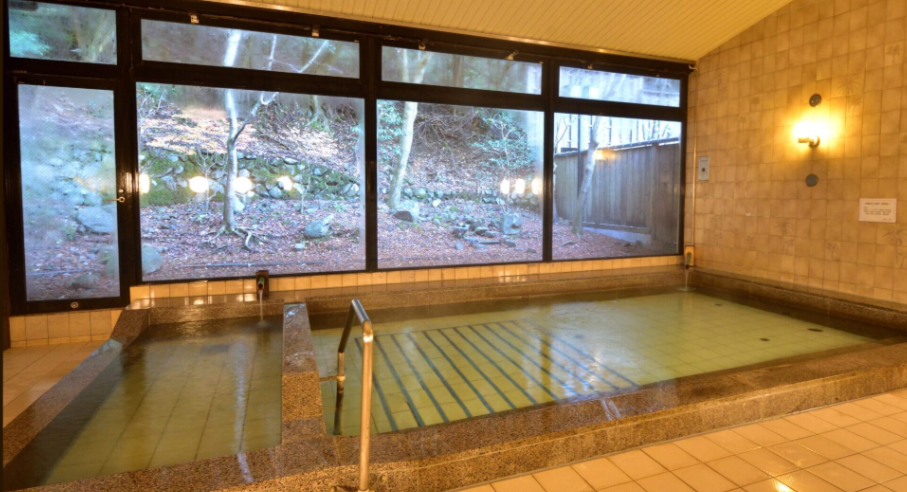
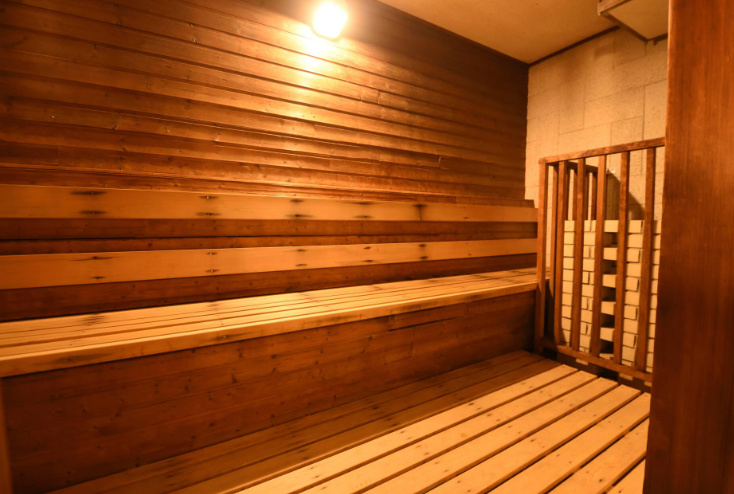
You can relax in the open-air outdoor bath, enjoying a sense of freedom and fresh mountain air. The surrounding scenery changes with the seasons, offering spectacular views, especially during autumn foliage and spring greenery.
The hot spring is most enjoyable in autumn and winter, so be sure to visit during the colder seasons for the ultimate relaxing experience.
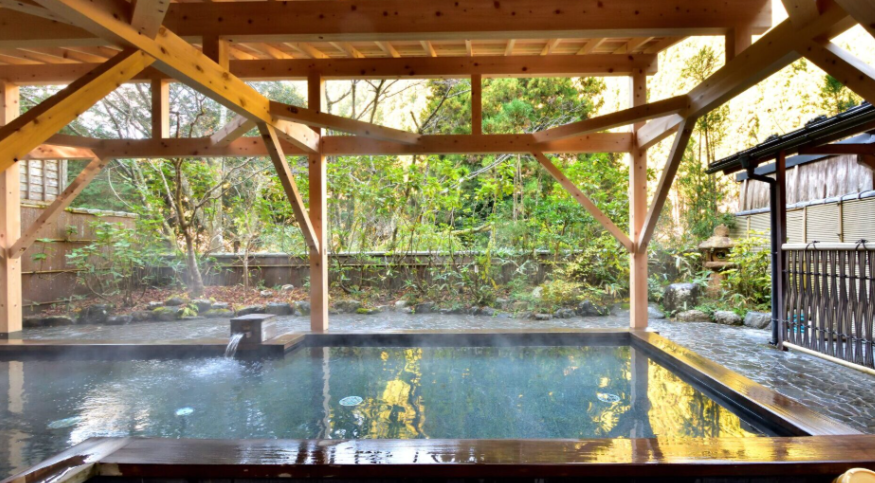
You can relax in the free rest area, which offers a quiet space where you can even take a nap.
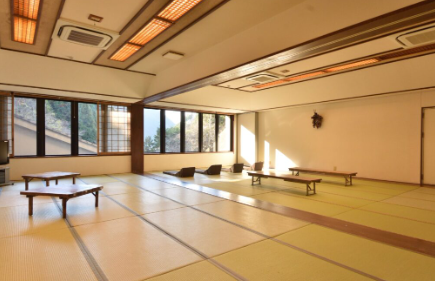
Dining
The restaurant at Kurama Onsen offers dishes that make the most of the mountain’s bounty. Seasonal local ingredients such as river fish and Kurama’s specialty kinome leaves are used generously. You can enjoy the unique flavors of Kurama Onsen, from the chef’s carefully prepared dashi (broth) to charcoal-grilled dishes.
I personally tried the chicken udon. The broth was delicious, and the chicken was tender — highly recommended! You can enjoy Kyoto-grown chicken and other local ingredients from the surrounding area.
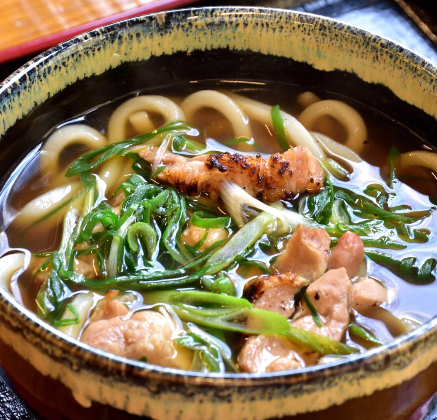
Summary
Kurama Onsen is a popular bathing spot for visitors to Japan, alongside Funaoka Onsen. Nestled deep in the mountains, it offers a chance to enjoy a hot spring while soaking in the charming atmosphere of Kyoto.
If it’s your first time visiting a Japanese onsen, you can join a guided tour that teaches proper bathing etiquette — a highly recommended experience.
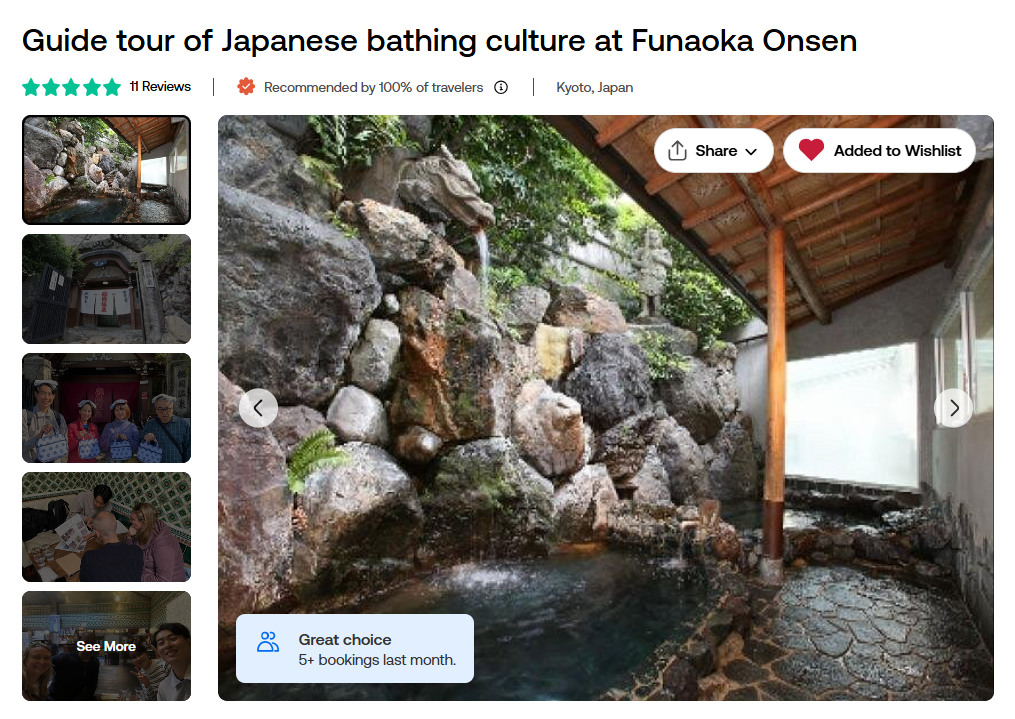
my self introduction

I am a Japanese who was born and raised in Kyoto, Japan. I want everyone to experience Kyoto’s great hot springs, so I work as a tour guide, teaching tourists proper bathing etiquette

コメント